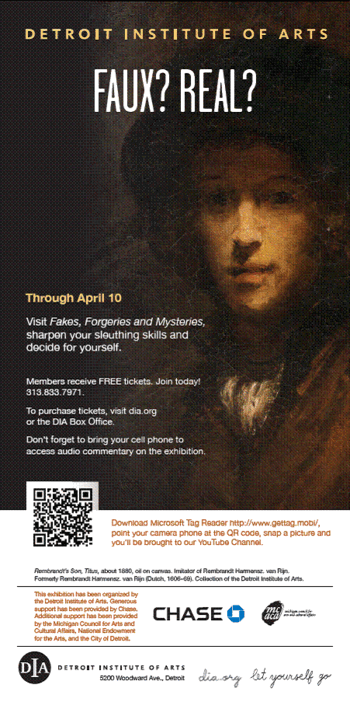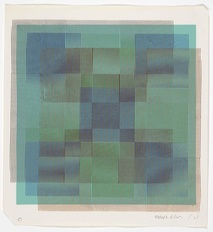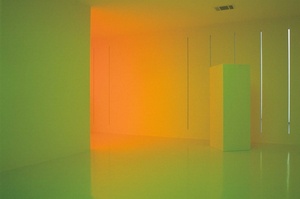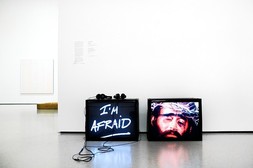The Denver Art Museum’s newly reinstalled Native American galleries opened last Sunday, but I had to hold my congratulations to the museum until today: My article about them appears on the cover of today’s Arts & Leisure section of The New York Times.
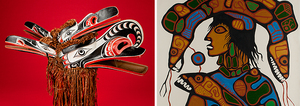 No, unfortunately, I haven’t seen the galleries — but I can laud about them from afar is that they are “artist-centric.” Nancy Blomberg, the curator in charge, has made all efforts to name the artists of the works, in contrast to the prevalent practice of simply citing the tribal origin.
No, unfortunately, I haven’t seen the galleries — but I can laud about them from afar is that they are “artist-centric.” Nancy Blomberg, the curator in charge, has made all efforts to name the artists of the works, in contrast to the prevalent practice of simply citing the tribal origin.
She uses scholarly attribution research that has been going on for decades, and did some of her own, too. She has also installed contemporary Indian works, and the museum has invited some of them to come and work on the floor. Denver has done a great thing.
The images here are by “George Walkus, Kwakwaka’wakw, Four-faced Hamat’sa Mask, about 1938″ and “Norval Morrisseau, Ojibwa/Anishnaabe, Unititled (Snakes), about 1968-70.”
As my many sources will attest, I’ve spent months, on and off, reporting this article, and I have many more observations to make on the subject.
Back later with some of them.
Photo Credits: Courtesy of the Denver Art Museum

 Police reportedly seized 30 works of art from the
Police reportedly seized 30 works of art from the 